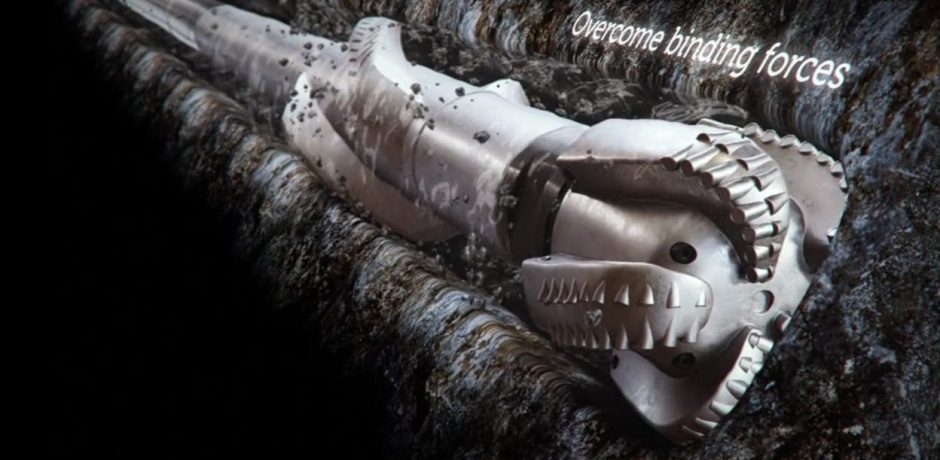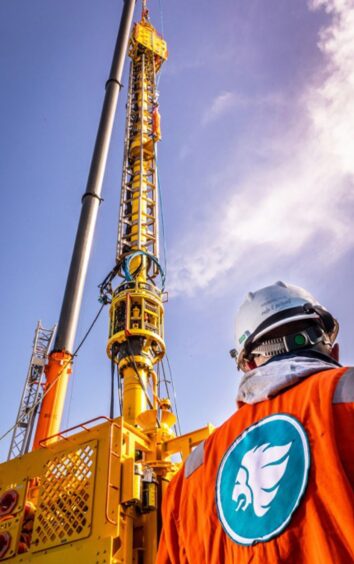
A vibrating hammer that clears stuck objects from wellbores; a “storm choke” for reactivating shut-in wells; an energy “pod” which delivers power to smaller, unmanned platforms with wind, solar and battery storage.
These are examples of new technologies which were deployed in the North Sea last year, reflecting a “relentless” pursuit of innovation, the industry regulator has said.
The North Sea Transition Authority (NSTA) has catalogued the innovative technologies oil and gas firms have used to boost production, aid decommissioning and/or cut emissions in the last year.
WATCH: Dyce-based HydroVolve has designed a hammer that can clear anything out of a well.
Operators told NSTA they expect to have spent around £310 million on innovative tech, including £232m with suppliers and a further £78m investment on their own research and development in 2024. This compares to £181m spent on technology from the supply chain and £66m on in-house R&D in 2023.
The group gathered insights for the latest technology insights report via its UK Stewardship Survey which was completed by 50 North Sea licencees by the end of February 2024. It groups technologies under 10 categories and provides examples of their implementation and benefits.
Innovative technologies were used 1,250 times in 2023, up from 1,200 in 2022 and 1,080 in 2021, according to NSTA.
The regulator welcomed this “relentless innovation” which it said shows the industry “still has the thirst to develop new solutions to accelerate the energy transition, support energy production and cut emissions”.
The technologies highlighted support the aims the body has for the industry.
Efforts to boost well intervention activity is a priority for the NSTA. It recently said there was a “huge opportunity” after it completed a study which showed that more than 20 million barrels could potentially be produced cheaply and cleanly by bringing approximately 200 existing wells back online. The NSTA co-hosted a workshop in Aberdeen on 11 November to discuss cost-effective ways to get this work up and running.
The NSTA is also using its regulatory powers to encourage operators to tackle the backlog of wells awaiting decommissioning. Those that don’t work at the speed expected risk being “named and shamed” although this report highlights those developing technologies that reduce costs and make the process more efficient.
As the sector pushes to meet and surpass emissions reduction targets in the North Sea Transition Deal, on the way to net zero by 2050, technologies which can improve energy efficiency, reduce flaring and venting and cut fuel use are also in demand.
In addition to equipment and tools, the use of digital technologies and those with net zero applications has expanded rapidly in the North Sea, making up 46% of all utilisations last year, compared with 37% two years prior to this in 2021.
Encouraging wider uptake
NSTA technology manager Ernie Lamza said: “The North Sea has an established reputation as a world-renowned testbed for ground-breaking technologies which can help solve challenging industry problems, and the rising uptake of these, once proven, offers significant benefits to end users.
“Our technology insights report aims to raise awareness of technologies which are being used successfully by some, but not all, operators, and hence encourage wider uptake across the basin.
“It is encouraging that operators and suppliers continue to invest and work together on the deployment of many hundreds of innovative solutions. Collaboration is key to reducing emissions and delivering a speedy and successful energy transition, so I’d urge industry to keep up the good work.”
Recommended for you


 © Supplied by Expro
© Supplied by Expro